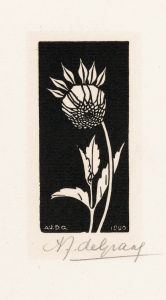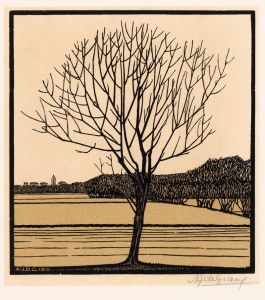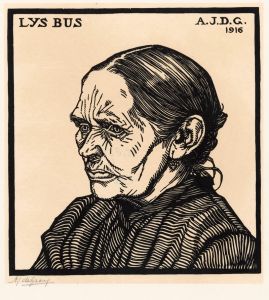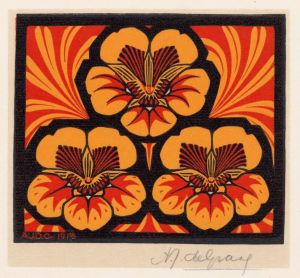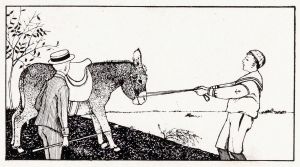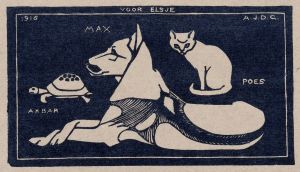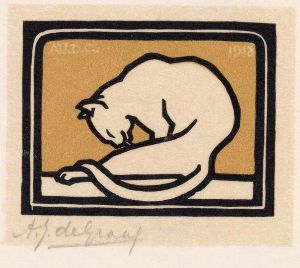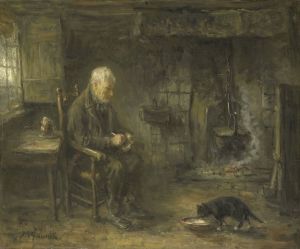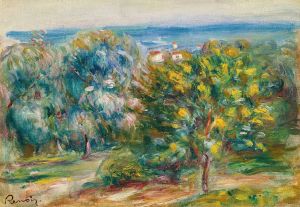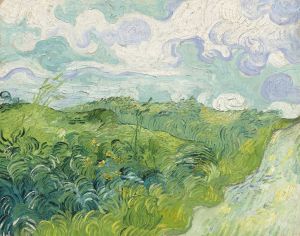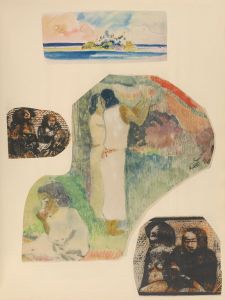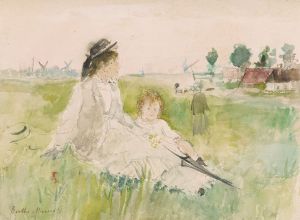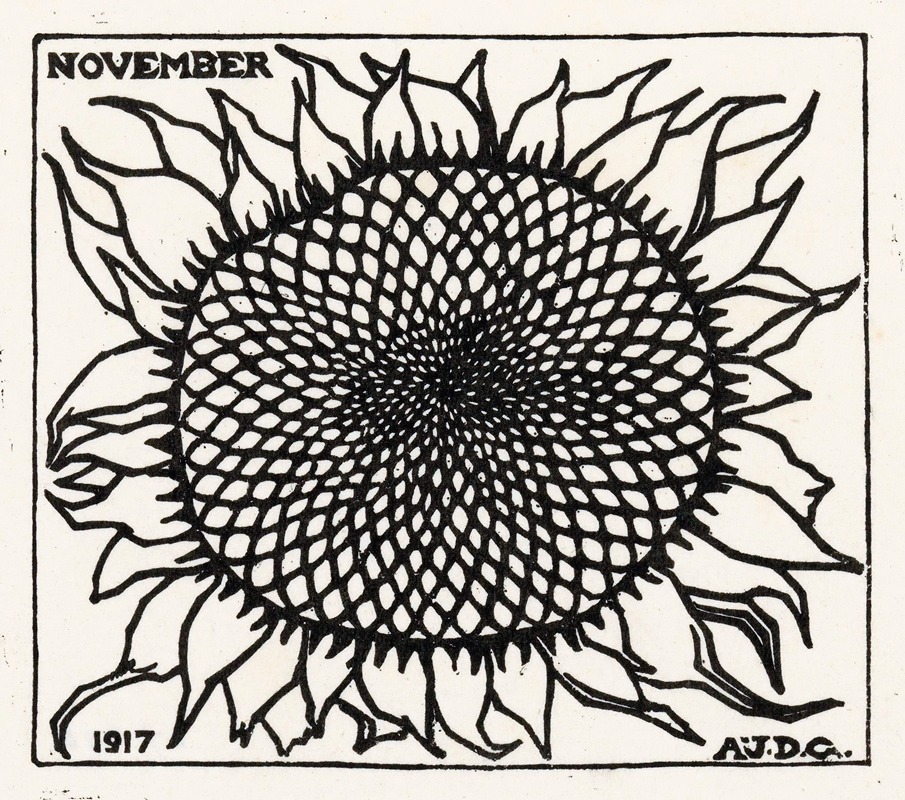
November
A hand-painted replica of Julie de Graag’s masterpiece November, meticulously crafted by professional artists to capture the true essence of the original. Each piece is created with museum-quality canvas and rare mineral pigments, carefully painted by experienced artists with delicate brushstrokes and rich, layered colors to perfectly recreate the texture of the original artwork. Unlike machine-printed reproductions, this hand-painted version brings the painting to life, infused with the artist’s emotions and skill in every stroke. Whether for personal collection or home decoration, it instantly elevates the artistic atmosphere of any space.
Julie de Graag was a Dutch artist known for her distinctive style and contributions to the art world during the early 20th century. Born on March 18, 1877, in Gorinchem, Netherlands, she became recognized for her work in graphic arts, particularly her woodcuts and linocuts. De Graag's art is often characterized by its simplicity, strong lines, and a focus on nature and animals, reflecting the influence of the Art Nouveau movement and the Arts and Crafts movement.
One of her notable works is "November," a piece that exemplifies her artistic style and thematic interests. While specific details about the creation and exhibition history of "November" are limited, the work is representative of de Graag's broader oeuvre, which often depicted natural scenes with a keen attention to detail and a minimalist aesthetic.
"November" likely captures the essence of the late autumn season, a common theme in de Graag's work, which frequently explored the changing seasons and their impact on the natural world. Her ability to convey mood and atmosphere through simple yet evocative imagery is a hallmark of her artistic approach. The piece would typically feature elements such as bare trees, fallen leaves, or other symbols of the November landscape, rendered in her signature style that combines clarity with a sense of tranquility.
De Graag's work, including "November," is noted for its technical precision and the use of negative space, which adds depth and contrast to her compositions. Her prints often exhibit a harmonious balance between black and white, creating a striking visual impact that draws the viewer's attention to the intricate details of her subjects.
Throughout her career, Julie de Graag was associated with the Hague School, a group of artists who were influenced by the Impressionist movement and focused on capturing the Dutch landscape and everyday life. Her work, however, stands out for its unique blend of realism and stylization, setting her apart from her contemporaries.
Despite her talent and contributions to the art world, de Graag's career was relatively short-lived. She struggled with health issues and eventually withdrew from the art scene. She passed away on February 2, 1924, in The Hague, Netherlands. Her legacy, however, endures through her artworks, which continue to be appreciated for their beauty and craftsmanship.
In summary, "November" by Julie de Graag is a testament to her skill as a graphic artist and her ability to capture the essence of nature with simplicity and elegance. While specific details about this particular piece are scarce, it remains an important part of her body of work, reflecting the themes and techniques that define her artistic legacy.






